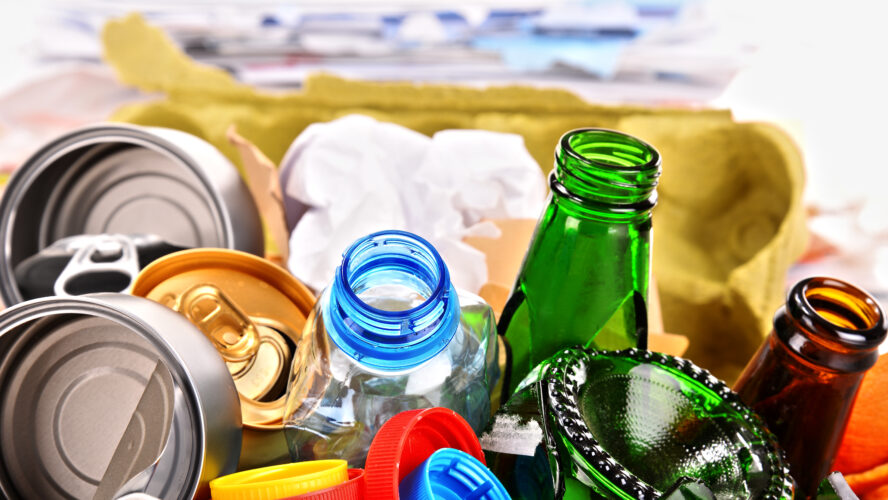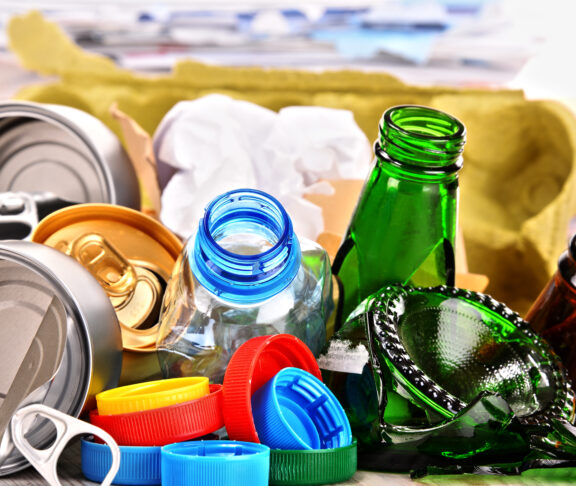
Krista Scaldwell
President, Canadian Beverage Association
Canada’s beverage industry is calling for a national recycling framework to harmonize system design and build a stronger circular economy.
Whether consumers realize it or not, they’re taking part in the circular economy every day. When a used beverage container goes in a blue box or is dropped off at a retailer or a depot, it enters a circular economy that transforms the material into new products and packaging.
With more than 50 years of successfully operating beverage container recycling programs, high consumer adoption and the move to extended producer responsibility (EPR), several Canadian provinces are global leaders in enabling a circular economy for packaging. EPR requires producers take full or partial financial and operational responsibility for collecting and recycling their products and packaging.
The widespread adoption of deposit return systems (DRSs) and public policy initiatives to drive up recycling rates in Canada are proven examples of recycling leadership in action. In a DRS, consumers are incentivized to return their beverage containers with a modest deposit — typically 10 cents. Provinces with established DRSs achieve high recovery rates for non-alcoholic beverage containers, with programs in Alberta and Saskatchewan recovering over 80 per cent of all containers. Inconsistency across the regulatory landscape in provincial recycling regulations, notably Ontario’s lack of a DRS program for non-alcoholic beverage containers, has limited the national beverage container recovery rate.
With more than 50 years of successfully operating beverage container recycling programs, high consumer adoption and the move to extended producer responsibility (EPR), several Canadian provinces are global leaders in enabling a circular economy for packaging.
A framework to improve beverage container recovery rates
Through partnerships like the Canada Plastics Pact, beverage companies are collaborating to improve packaging recyclability and meet recycled content targets. But without a stable domestic supply of recycled content, beverage producers cannot source the required volume of recycled material from domestic end markets alone.
The solution is bringing a national focus to the circular economy with a national recycling framework. Common definitions, data and reporting standards, and a shared understanding of system design would transform the recycling landscape in Canada. This would harmonize recycling policy across provinces and territories, reducing trade barriers and aligning EPR principles to enable economies of scale and minimize disruption for Canadian beverage companies.
A collaborative approach built around shared principles would have the added benefit of fostering resilience and much-needed business certainty for a sector still facing increased system costs due to tariffs. It would also keep provinces in control of program design while Canadians benefit from the sharing of enhanced design principles, building on best practices for convenient and effective beverage container recycling.
Canada’s beverage sector has already shown that the circular economy is not an abstract idea — it is a practical system that Canadians participate in every day. By working together on shared principles and proven solutions, we can reduce waste, strengthen our economy, and give Canadians the modern recycling system they expect and deserve. The path forward is clear: it’s time to close the loop, together.
Visit canadianbeverage.ca to learn more.




